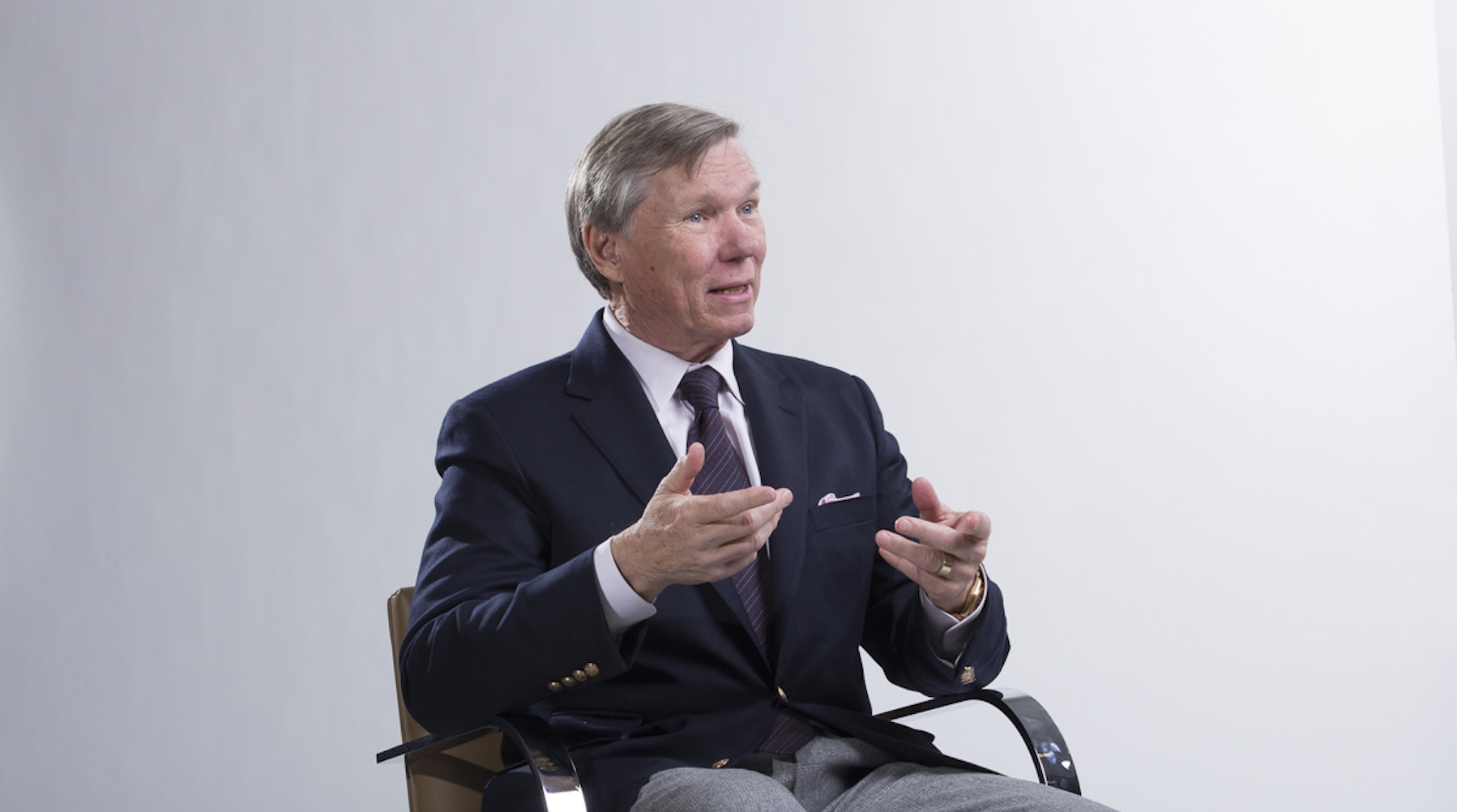Adam’s Journal
As crowds have gathered to protest the death of George Floyd, many of the habits we’ve adopted over the past months have fallen by the wayside. Rallies across the country have seen thousands of people packed together.
Six-foot social distancing often has proven impossible, and some participants haven’t worn masks. Should we expect to see a surge in coronavirus cases in the coming weeks?
Dr. Prescott Prescribes
From a public-health perspective, we should be concerned. Still, the outdoor nature of these protests offers reason for hope.
A review of 172 studies that recently appeared in the medical journal The Lancet confirmed what the vast majority of us have believed: Social distancing and wearing masks diminish the risk for SARS-CoV-2 infection. While neither is perfect, they represent some of the best defenses we currently have. (The studies found that eye protection also seems to confer benefits.)
So, large, tightly packed crowds represent a risky proposition, especially if people can’t keep at least three — and, better yet, six — feet apart. That danger multiplies when not everyone wears a mask.
Ordinary speech can send out droplets that carry the virus. And shouting projects the droplets farther. While research found that the droplets can linger indoors in the air for eight minutes or more, these protests take place outside. That’s good news for two reasons.
First, the virus doesn’t survive long in the sun. And air currents disperse viral particles quickly, so that even if you do breathe some in, you’re less likely to inhale enough to cause infection.
While they’ve yet to be peer-reviewed, a pair of studies from Asia highlight the difficulty of outdoor transmission. A study of 7,300 infected people in China found that only two caught the virus outdoors. Meanwhile, Japanese researchers reviewed a small number of cases and concluded that the chances of spreading the virus indoors are almost 19 times greater than outside.
Of course, large numbers of arrests — with people crammed in poorly ventilated indoor spaces — could lead to subsequent viral outbreaks. But I’m hopeful the outdoor gatherings won’t, especially if people wear masks and maintain social distancing as much as possible.



